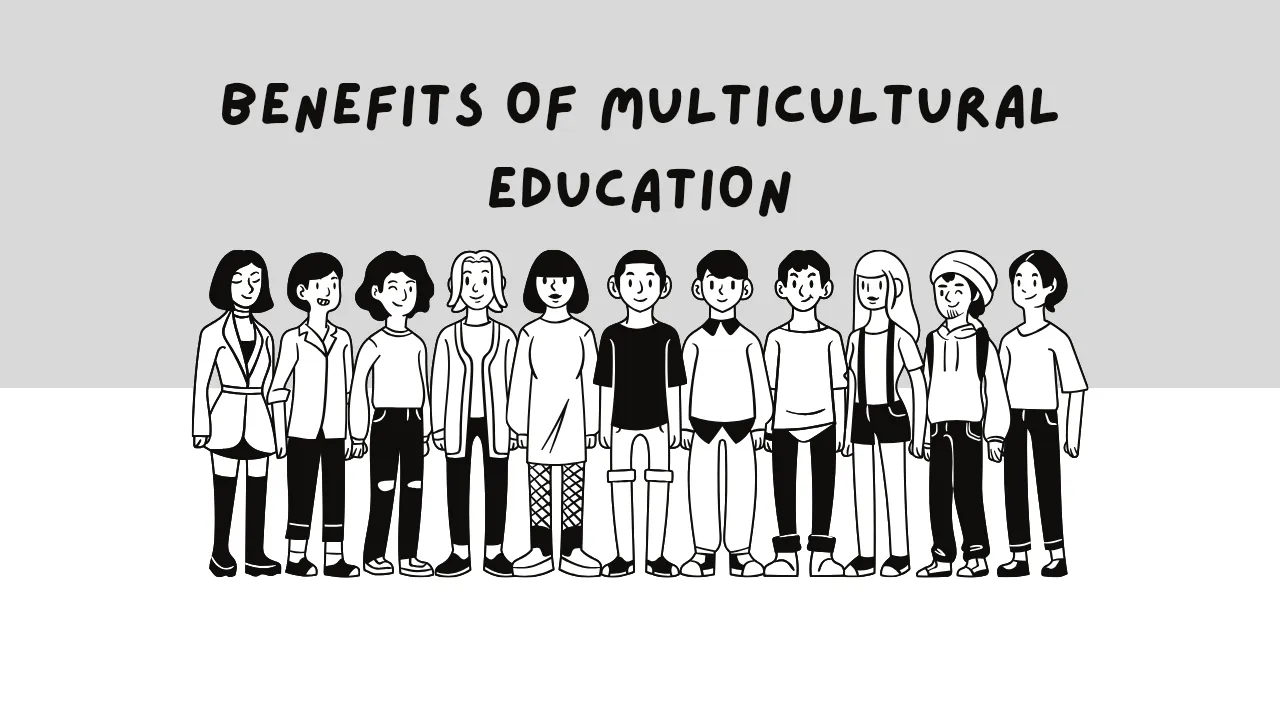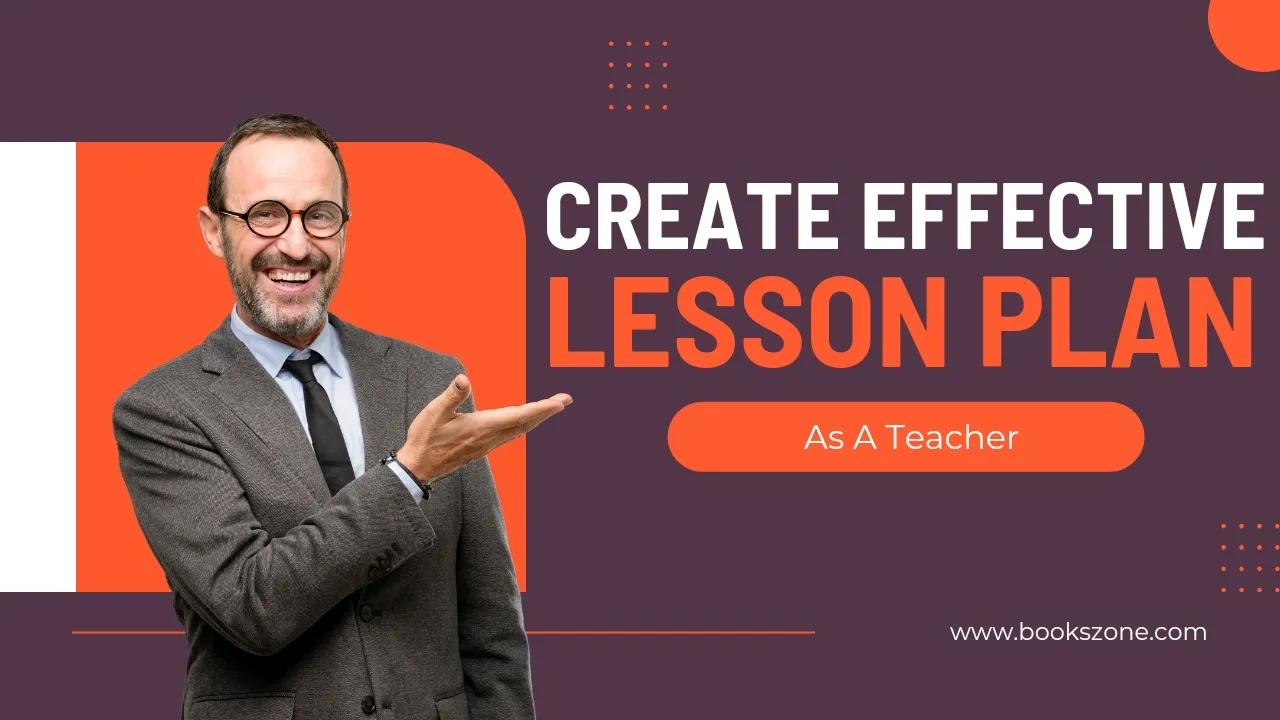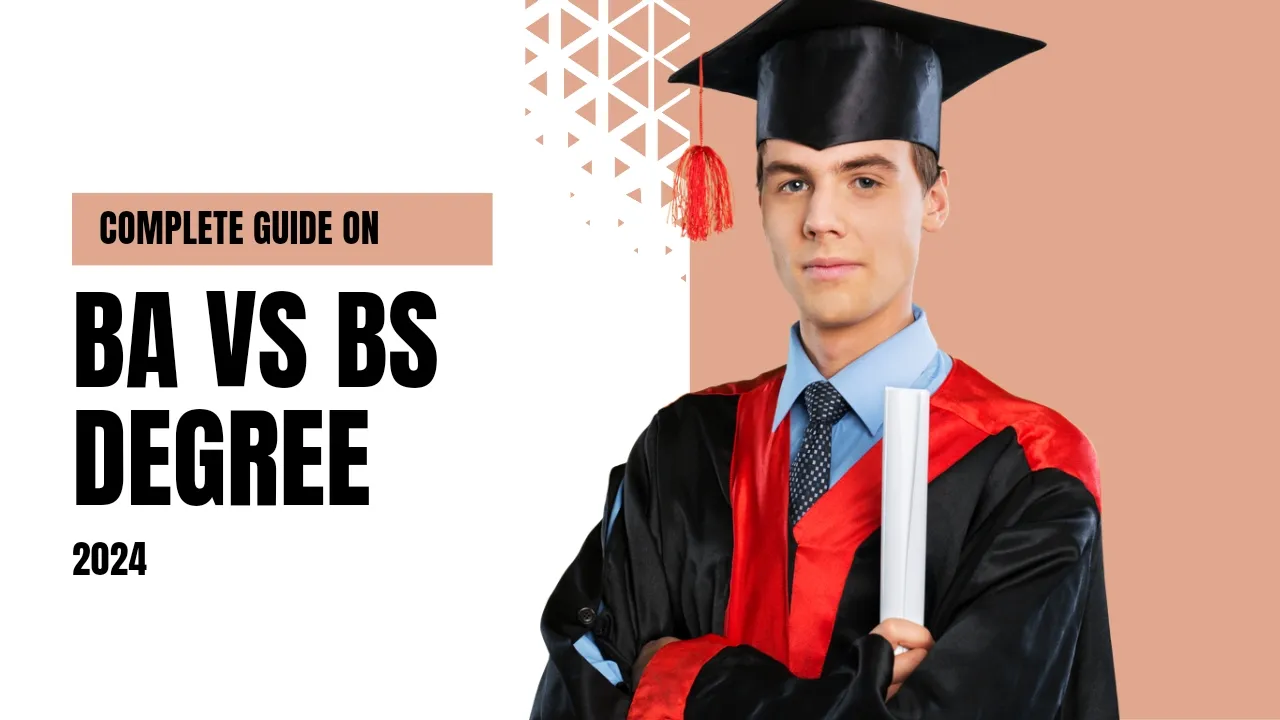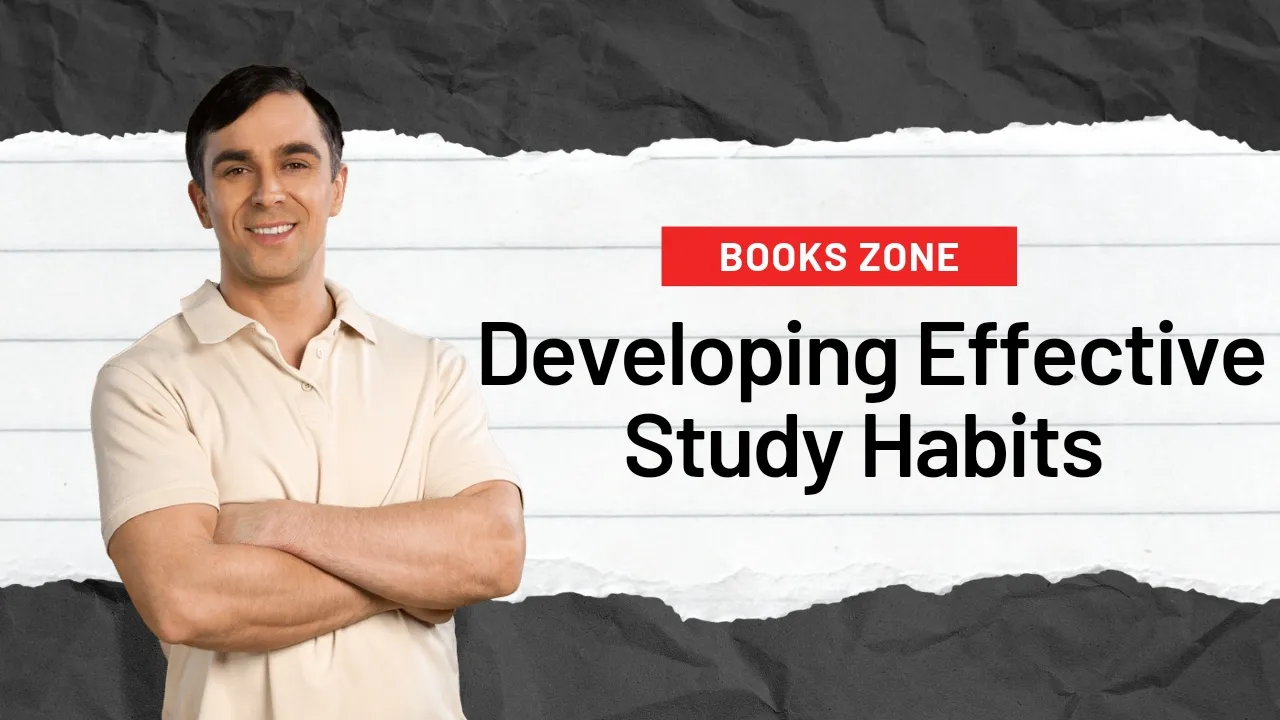The 16 Benefits of Multicultural Education
Our schools today serve student bodies with diverse racial, ethnic, linguistic, cultural and religious backgrounds. Multicultural education ensures all students feel valued, respected and educated in their identity.
It teaches students to thoughtfully live with other cultures. Multi-cultural instruction provides many benefits. In this article, I have shared 16 advantages of multicultural education.
1. Reduces Prejudice and Stereotyping
Multicultural lessons expose students to cultures they may have limited experience with. It increases the other’s views beyond stereotypes and engenders appreciation for traditions different from their own. Respectfully exploring diverse perspectives reduces prejudicial thinking.
Structured exposure and thoughtful discussion allow students to recognize common humanity crossing cultural variations. Normalizing diversity dismantles unconscious bias.
2. Equips with Adaptability
By learning about the values and norms of other cultures, students gain the ability to adapt their mindsets and behaviours when interacting with people of other backgrounds. This flexibility serves them well in our diverse society.
3. Improves Self-Awareness
Examining their own cultures and identities helps students gain stronger self-understanding. Multiculturalism provides context to analyze the facets shaping their worldview and experiences. Higher self-awareness builds empathy.
Analyzing the elements that influenced their identity construction allows students to grow more self-assured in who they are. Unpacking their culture’s complexity leads to integrating heritage with individuality. Self-knowledge is power.
4. Teaches Inclusiveness
Multiculturalism directly educates about diversity, combating the exclusion or alienation of any group. Kids learn to recognize shared human experiences crossing cultures.
Emphasizing our shared hopes, emotions and needs despite varied expressions fosters inclusive mindsets. Discussing intersectionality shows no one fits narrow stereotypes.
5. Enhances Multiple Perspectives
Exposure to diverse social, economic and historical perspectives helps students recognize issues have nuance. Rather than one “right” view, multiculturalism develops critical thinking through multiple lenses.
Considering situations through different cultural viewpoints reveals blind spots and challenges assumptions. Complexity emerges. Rather than polarity, students learn to synthesize the best of multiple perspectives.
6. Prepares Global Citizens
The multicultural curriculum reflects our interconnected world. Students grasping diversity within their nation grow into adults able to navigate differences globally. This equips future leaders and workers.
Developing cultural literacy early allows the next generation to cooperate, compete, empathize and lead across borders. With economics and politics spanning nations today, multiculturalism readies global citizens to ethically engage people worldwide.
7. Aids Conflict Resolution
Cross-cultural disputes often stem from ignorance of opposing worldviews. Grasping diverse communication styles and values systems cultivates patience and creativity in resolving conflicts.
Understanding culture-specific expressions and norms of respect enables nuanced negotiations. Students learn face-saving approaches allowing strained parties to find acceptable mutual solutions with compassion.
8. Fosters Equitable Thinking
Multiculturalism directly educates students on topics like privilege, power imbalances, discrimination and marginalization. Developing equitable mindsets creates more just and compassionate citizens.
Examining historic inequities around race, gender, etc. and their lingering impacts develops social justice advocates. Discussing representation and access discrepancies prompts ethical reflection on levelling the playing field.
9. Improves Communication Skills
Students learn to communicate sensitively and effectively with those from other cultures. Instruction addresses barriers like ethnocentrism, stereotypes and communication styles.
Leveraging cultural mediators, bilingual resources and accessible language ensures inclusion. Students practice reflective listening, calibrated self-expression, and reading context cues for respectful exchange.
10. Allows Deeper Connections
Relatability fosters engagement. When students connect the curriculum to their cultural contexts, information resonates more deeply. Representation builds community.
Integrating cultural examples and role models cultivates authentic engagement from a place of self-worth. Students feel empowered to share and collaborate when they see themselves reflected.
11. Prepares for Future Success
Our pluralistic world and workplaces demand cross-cultural skills. Multicultural knowledge equips the next generations for collaborative achievement in diverse societies.
Multicultural education builds the soft skills crucial to prospering today – cultural intelligence, empathy, adaptability, open-mindedness and respect. These social-emotional aptitudes enable dynamic teamwork and leadership.
12. Promotes Civic Values
Multiculturalism conveys democratic principles of liberty, equal rights and human dignity. Respect for diversity aligns with core civic values. Students gain principled cultural citizenship.
Examining clashes between democratic ideals and historical realities pushes civic improvement. Discussing humanizing activist victories develops civic agency. Active, justice-driven citizenship takes root.
13. Improves Race Relations
Inclusion and equal appreciation for people of colour combat racism. Discussing race openly while affirming identity reduces prejudice and improves relations.
Countering Eurocentric curricula with equitable ethnic studies fosters belonging for students of colour while enlightening all students. Empathy and allyship grow by learning each other’s untold histories.
14. Expands Political Perspectives
Students learn how different cultural experiences shape political views and civic participation. Multiculturalism provides context for diverse political perspectives.
Case studies on voting rights, immigration policies and affirmative action analyze political impacts on communities. Students see how culture influences political interpretation and activity. Critical scepticism develops.
15. Enhances Social Justice Commitment
Interrogating topics like power, privilege and oppression through a multicultural lens fosters commitment to social justice. Students gain the ability to recognize and analyze inequities.
Reading diverse social narratives allows inquiry into how injustices evolve and sustain systemically based on race, gender, etc. Students gain tools to deconstruct unequal power dynamics and act wisely against injustice.
16. Cultivates Integrity and Authenticity
Ultimately, multiculturalism helps students become their best selves by embracing their identity. Pride in one’s own culture combined with respect for others cultivates character.
Identity security allows authentic self-expression and inclusion. Shared stories build community. Integrity emerges from reconciling heritage with openness to growth. Our stories all matter in weaving the fabric of humanity.
Conclusion
As both a parent and teacher, I’ve learned we must guide students in affirming their own identity first before knowing others. Points of connection and shared aspirations become the anchors that allow authentic intercultural learning to unfold. If we nurture open minds along with open hearts, our differences cease to divide us. By lifting our diverse stories with compassion, our shared humanity emerges.
While multicultural education requires vulnerability and wisdom, our kids are enriched with adaptability, insight and empathy when we get it right. And these benefits ripple outwards to shape a more just future. Our differences make life colourful – may we celebrate them.
Frequently Asked Questions
Q: Isn’t multicultural education divisive?
A: On the contrary, when framed inclusively it brings students together through shared stories and principles. However, teachers must avoid exacerbating differences or power imbalances that alienate them. The goal is pluralism with compassion.
Q: How can I integrate multiculturalism into my curriculum?
A: Audit your content, activities and classroom materials for diverse representation. Highlight marginalized narratives and encourage students to make cultural connections. Be creative – music, food, dance and more can convey multicultural appreciation.
Q: Isn’t America supposed to be a melting pot?
A: Assimilation into a homogeneous culture should not be the objective. America thrives through the creativity of diverse thought and experience. Multiculturalism fosters equitable participation while expanding everyone’s horizons.
Q: What if I say something insensitive?
A: We all make mistakes. Acknowledge it sincerely, seek to understand the harm, apologize and commit to improved awareness. Imperfect progress is better than avoidance. Lean on resources or cultural liaisons to guide you.














Leave a Comment